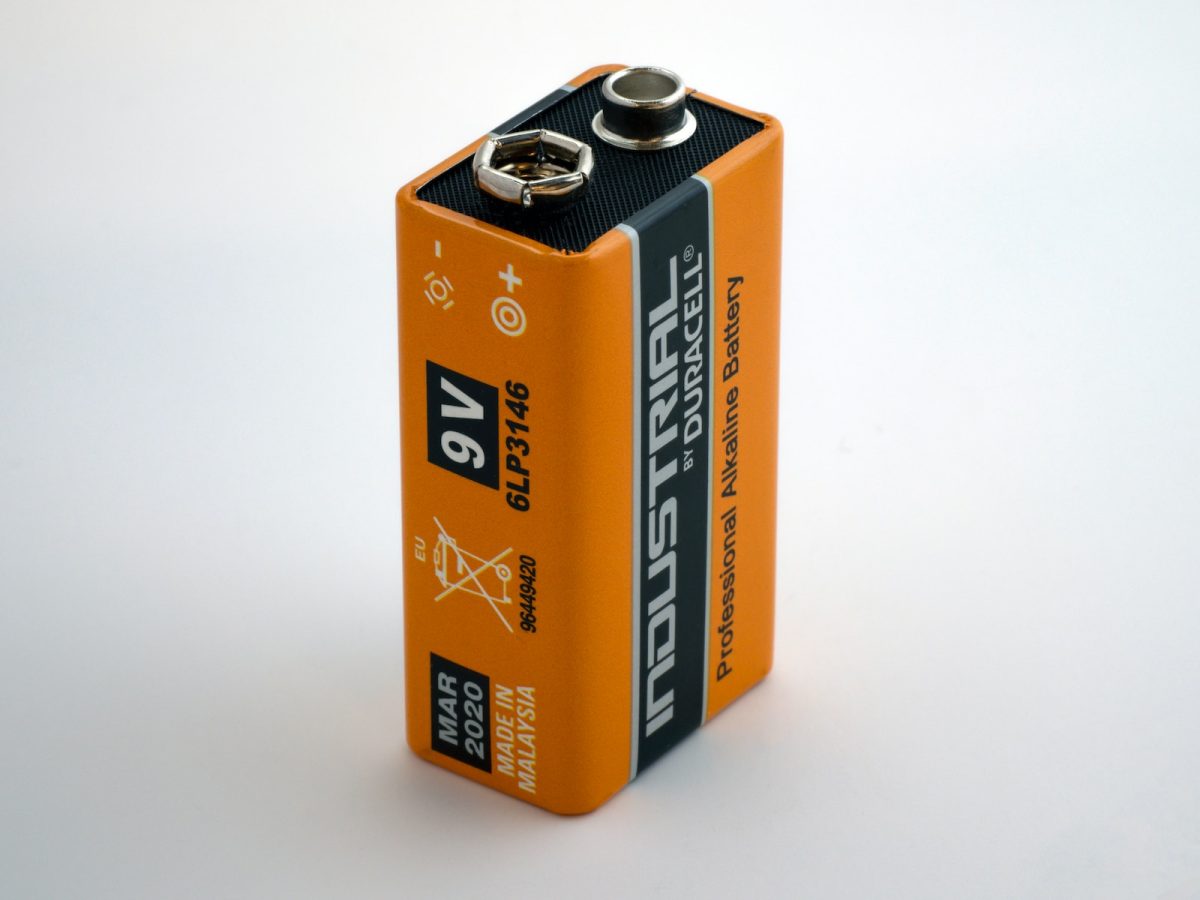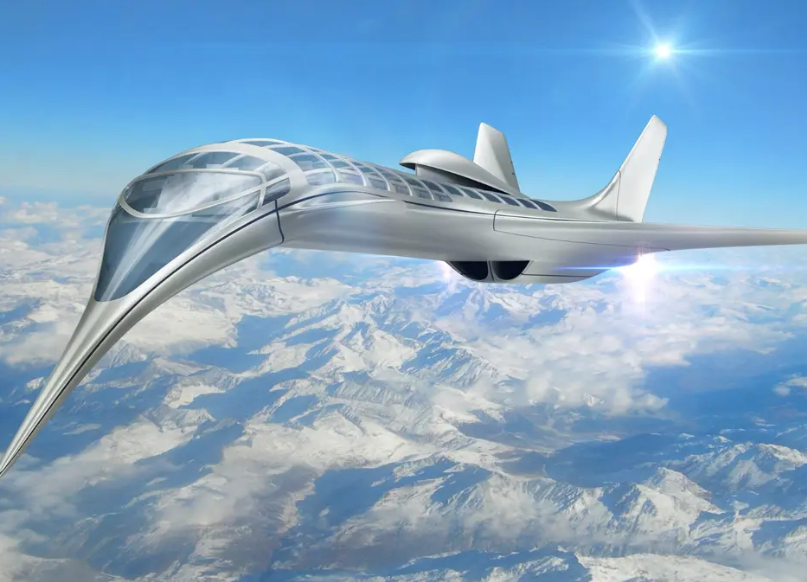A “droplet battery”, designed by researchers at Oxford University, was inspired by eels and the way they create electricity. This battery has the agility to directly stimulate cells with a current generated by ion gradients. Scientist have been attempting to make tiny devices for years that integrate with cells directly.
The team from Oxford turned to eels for inspiration because the biological animal can generate electricity using internal ion gradients. In their battery design, the researchers used a link of five nanoliter-sized conductive hydrogel droplets. A hydrogel is a 3D network of polymer chains that can absorb and retain large amounts of water. Each of these droplets contained a different composition so that a salt gradient could be created along the chain. The droplets were separated by lipid bilayers, which not only stopped the flow of ions between them, but also provided mechanical help.
To begin the battery, we cooled the structure to a temperature of 39 degrees Fahrenheit (4 degrees Celsius) and changed the surrounding medium. This causes disruption of lipid bilayers, resulting in the formation of continuous hydrogels. In the center of the hydrogel, we have high-salt droplets. If we connect electrodes to either end, we have an ionic gradient. We can generate electricity by using the ion gradient. Using 50 nano-droplets, we were able to produce sixty five nanowatt (nW) of electricity in just 30 minutes. It’s interesting to note that the device can be stored for up to thirty six hours and generate about the same amount of current.
To prove the viability of a droplet battery in human cells, researchers attached the droplets to human embryonic stem cells (HESCs) stained with a fluorescent dye. The HESCs showed intercellular signals when the droplet battery was activated.
Related Stories
- https: //www.hospimedica.com/critical-care/articles/294798516/new-droplet-battery-could-power-next-generation-wearable-devices-and-implants.html
- https: //www.sciencedaily.com/releases/2023/08/230830131650.htm
- https: //www.theengineer.co.uk/content/news/electric-eels-inspire-new-oxford-droplet-battery/
- https: //www.techexplorist.com/droplet-batteries-pave-way-miniature-bio-integrated-devices/68476/
- https: //knowridge.com/2023/09/tiny-droplet-battery-could-revolutionize-bio-gadgets/
Take Action






